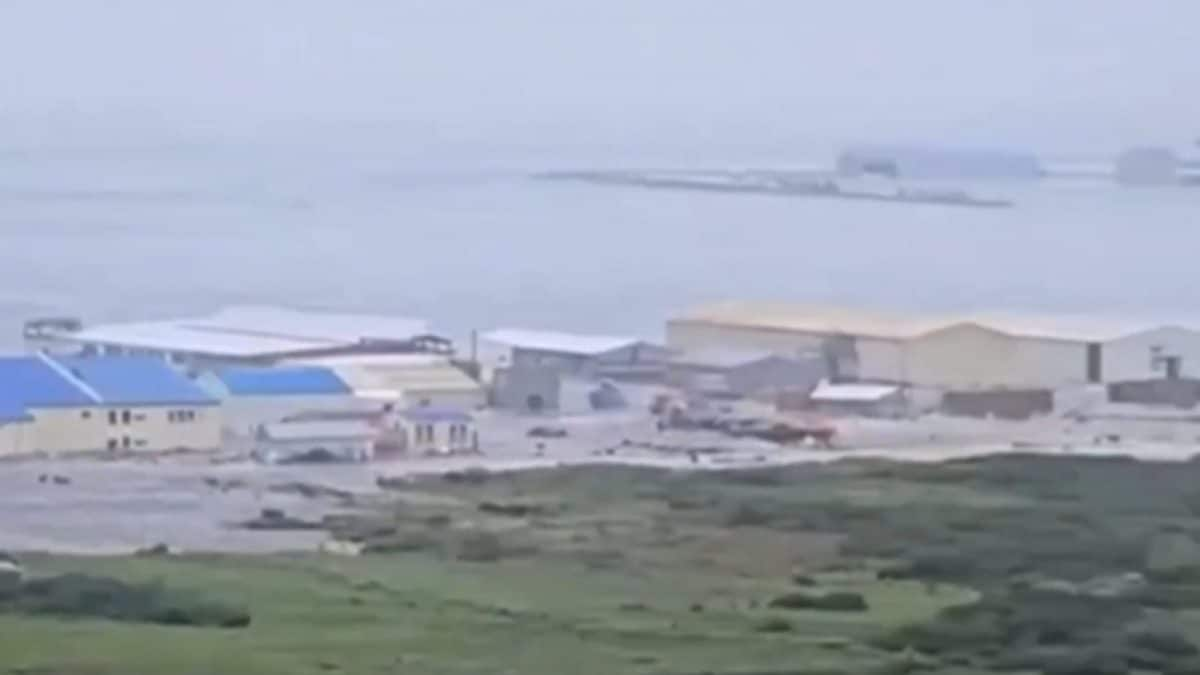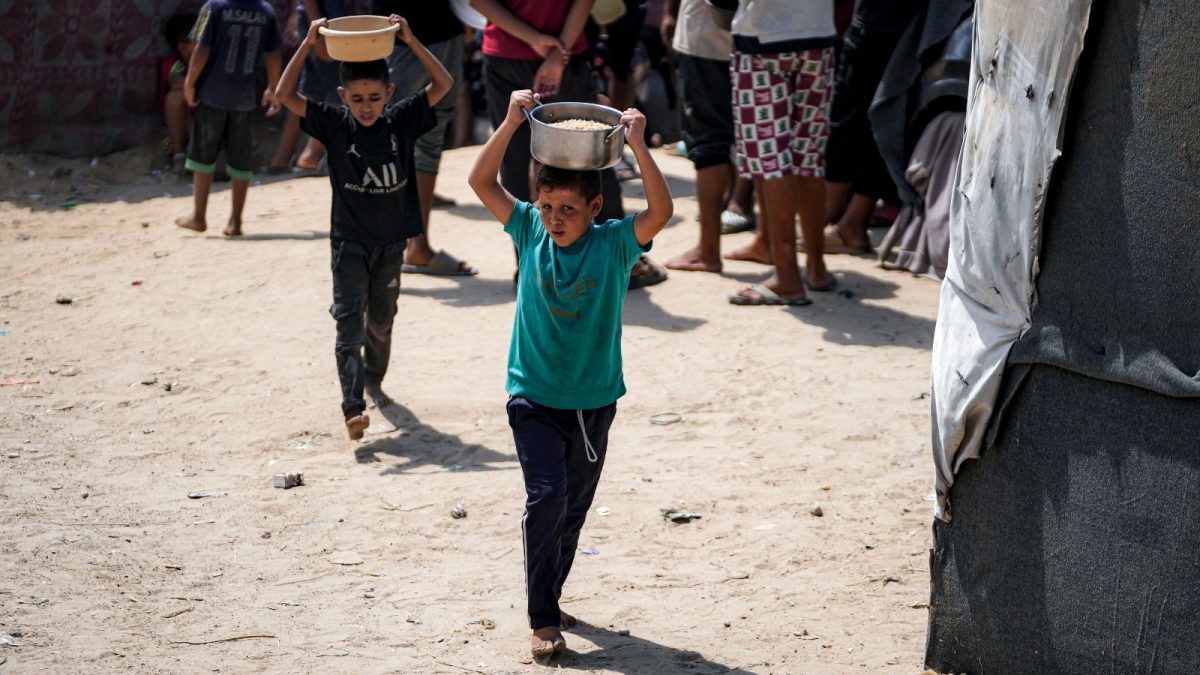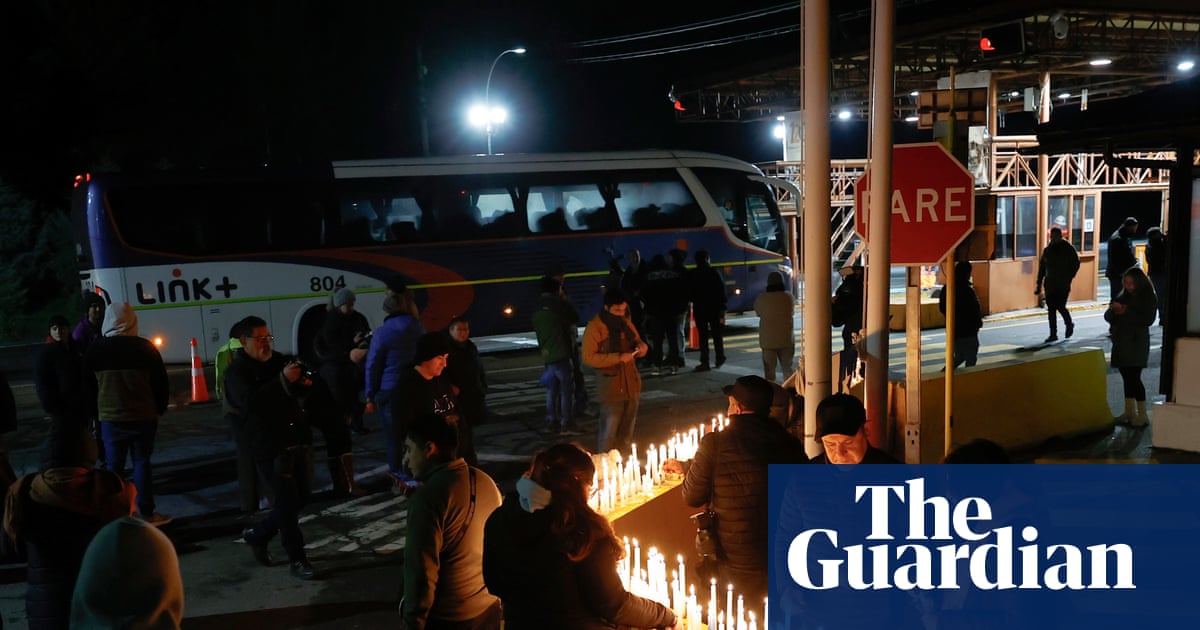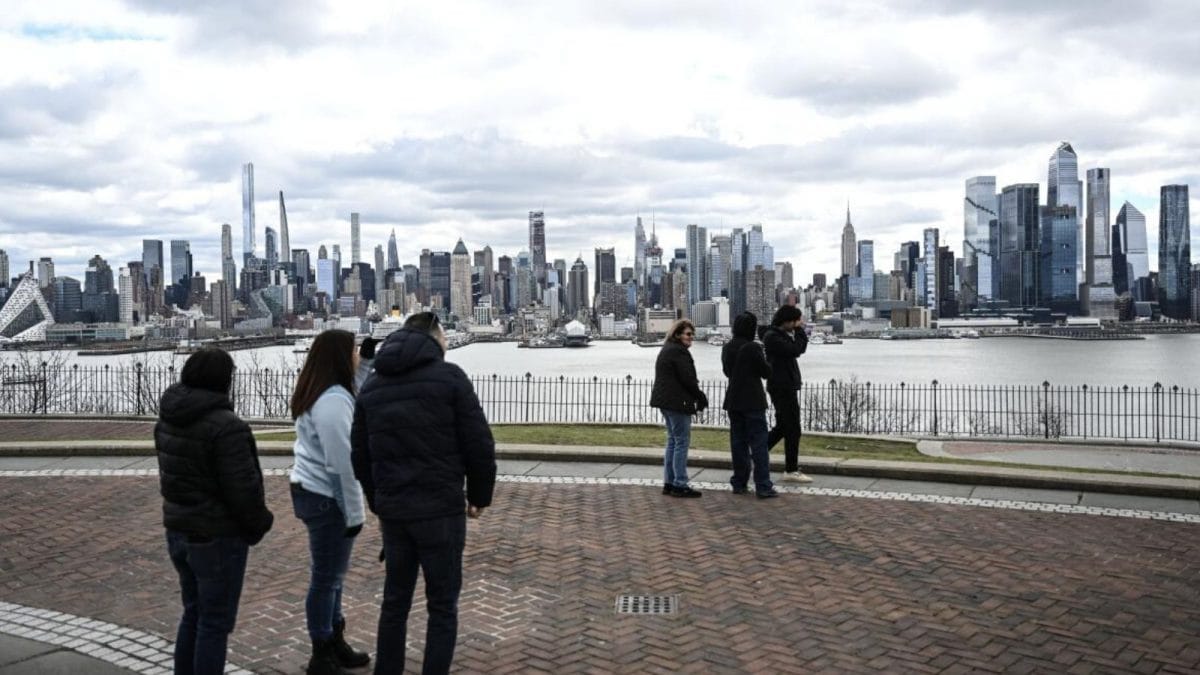Arch-rivals Iran and Israel continued to exchange missiles and drones for the second day on Saturday, inflicting major losses on each other and disrupting the region's peace, economy and mobility.
Iran has suffered huge damage to its civilian and military infrastructure, including nuclear facilities and underground ballistic missile sites in different parts of the country. In comparison, Israel has sustained minor losses. However, the destruction caused by Iranian ballistic missiles in Tel Aviv is the first in decades.
Who has the upper hand? Israel, clearly.
Tel Aviv's military has mounted a spectacular offensive against Tehran, decapitating its top military leadership and dealing huge blows to Iran's operational military capacity. Since Friday morning, Israeli fighter jets have been bombing Tehran and other cities in Iran with little to no resistance and without losing any jets or pilots.
Israeli military spokesperson Brigadier General Effie Defrin has said his country's strikes on Iran involved 200 fighter jets striking about 100 targets.
In retaliation, Iran has fired more than 100 drones and waves of ballistic missiles at the Jewish nation, mostly concentrated on central Israel. Officials claimed most of these drones were intercepted before they entered Israeli territory.
Israel's formidable air defences also destroyed the majority of the Iranian ballistic missiles, but some did manage to make an impact on the ground, destroying residential complexes and office buildings. The most high-value target struck by Iran is the Israeli army headquarters, known as the Kiryat, in Tel Aviv, as per Fox News.
As per local media, at least three Israeli citizens lost their lives and dozens suffered injuries in overnight missile attacks on Saturday. Ramat Gan and Rishon LeZion were the worst-affected areas in central Israel.
Besides, the Israeli intelligence agency Mossad conducted a sabotage operation and even assembled drones inside Iran before starting strikes.
On the other hand, at least seven top Iranian military leaders were killed in Israeli attacks. These include the chief of the powerful Islamic Revolutionary Guard Corps (IRGC), the Army chief, the head of Iranian forces unified command Khatam al-Anbiya Central Headquarters, and the IRGC's Quds Forces commander. Many of these commanders were killed in precision attacks in their sleep.
An Iranian diplomat said more than 80 Iranian nationals were killed and around 300 were injured in Israeli attacks. Satellite imagery shows damage to Iran's underground missile facilities in Kermenshah in southern and Tabriz in far-western parts of Iran.
Three of Iran's major nuclear sites, including two important fuel enrichment facilities in Natanz and Fordow, along with Isfahan nuclear site, were damaged in Israeli strikes. In testimony before the UN, the IAEA said the above-ground portion of the Natanz plant where Iran was producing uranium enriched up to 60 per cent, had "been destroyed" and centrifuges may have been damaged.
Israel also claims to have killed nine Iranian nuclear scientists.
Meanwhile, flight tracking data showed many non-scheduled flights leaving Tehran for undisclosed locations, indicating that Iran could be moving its aircraft to safer locations or VVIPs could be heading out of the capital in the face of a persistent threat.
FEARS OF FURTHER ESCALATION
While the US has asked Iran not to target its forces and personnel, saying it's not directly involved, Tehran has rejected these assertions, citing Washington's continuous military assistance and political backing, and threatened to attack US bases in West Asia.

Meanwhile, US media reported that American forces helped Israel intercept Iranian missiles.
The situation may dramatically escalate if Iran follows through on its threat of attacking US military assets. The US has already evacuated non-essential diplomatic staff from embassies and families of military personnel from several air bases in the region. It has also mobilised warships in the region.
WHY ISRAEL ATTACKED IRAN?
Israel claims Tehran is about to gain the capacity to make nuclear weapons that it says are a threat to its existence. Iran and its proxies in the region vow to finish off Israel altogether.
The US and other Western powers also vehemently oppose Iran's nuclear programme. "Iran can't have a nuclear bomb," US President Donald Trump said recently.
Iran dismantled a few nuclear sites after signing an agreement with the US and several other Western powers in 2015 in exchange for relief from sanctions placed on Tehran. But Trump pulled the US away from this deal three years later, claiming it failed to curtail Iran's missile programme and regional influence. Iran began ignoring limitations on its nuclear programme in 2019.
Recently, Iran announced that it had completed the construction of another nuclear facility at a "safe" location, but didn't provide details.
Washington and Tehran held several rounds of indirect talks mediated by Oman in the recent past, which experts now describe as a plan to mislead Iran before Israel's attack.
Published By:
Prateek Chakraborty
Published On:
Jun 14, 2025
Tune In

 1 month ago
1 month ago

















